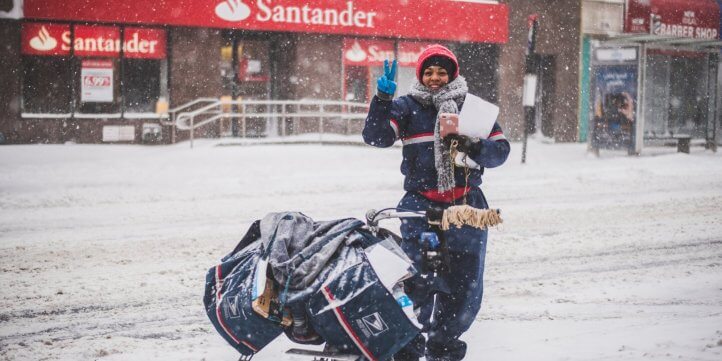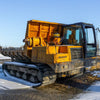PPE: What to Think About Before Winter

Preparing to protect your employees in winter… it’s as simple as stocking up on warmer PPE, right? Wrong. It’s never quite as simple and straightforward as that, and this year especially may prove to be quite a challenge. It’s vital to be prepared, and as we edge closer towards autumn, it’s the perfect opportunity to start thinking about getting ready to work safely, efficiently and effectively in winter working environments.
This year, not only is it essential to think about usual changes in seasonality, but also how the COVID-19 outbreak may change your PPE requirements in cold environments.
First, let’s begin with some of the standard considerations to start thinking about:
- Type of PPE
Now is the time to start undertaking new risk assessments to ensure that your employees have what they need to stay safe during winter, and listen to any feedback or ideas. It’s tempting to simply opt for thicker PPE, but this may prevent your employees from carrying out their work appropriately. Instead, it is much better to ensure that you have good availability of layers, which can be added or removed as needed at the time.
- Recognised Standards
Some items of PPE perform much better than others in wintery environments, such as cold weather and wet conditions. These items can be identified through the recognised standards that they have met. Important EN standards to look out for at this time of year include the EN 342 standard for protection in cold environments, the EN 343 standard for protection against rain, and EN 471 for visibility in dark, dull, or foggy settings.
- Condition & Quality
While high quality PPE can last a long time, even the best garments do start to deteriorate eventually. Right now is a good time to ask employees to inspect the condition of their essential PPE, giving you plenty of time to order new items ready for winter. One important aspect to look at is boot grip, as worn soles can reduce traction and make it harder for workers to remain steady and secure on frosty and icy grounds.
COVID-19 Considerations
These three aspects are important considerations each and every year. This year, however, there are additional things that you’ll want to think about in terms of your winter PPE. With research showing that many members of the coronavirus family live longer and spread more easily in colder weather (a primary reason why colds are common over winter), face masks, face visors, disposable aprons, and gloves may be required to maintain the health and safety of your employees, even if these items are not typically used within your industry. But why do you need to think about this now?
COVID-related PPE that minimises transmission is expected to be in high demand, especially if cases begin to rise more rapidly as winter approaches. Being prepared is one of the best ways to ensure continued operations – and safe operations – this winter.





